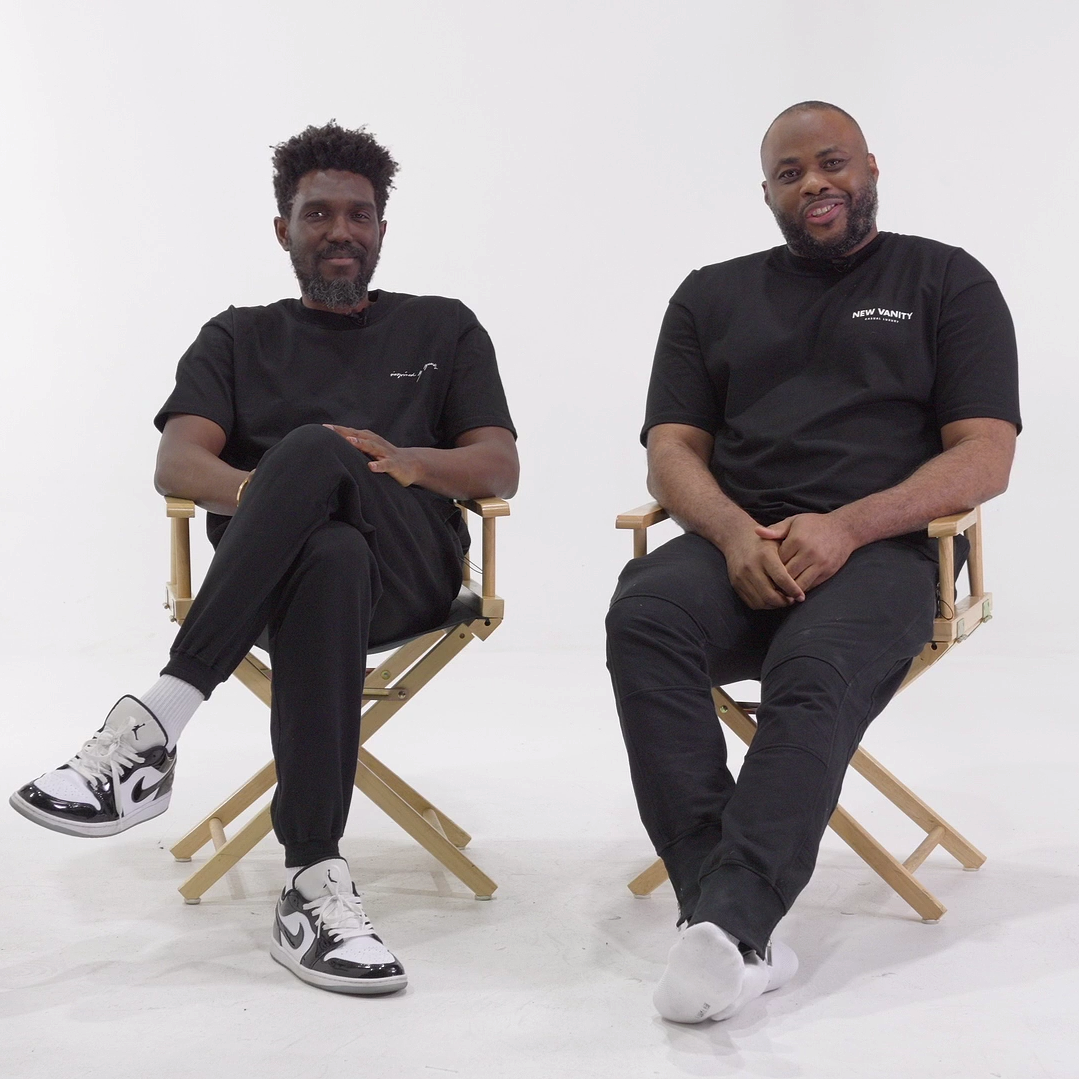
Photo & Video Mistakes Fashion Brands Should Avoid for a Strong Social Marketing Strategy
Creating stunning photo and video content is essential for a successful social marketing strategy, but common mistakes can undermine your efforts.
This article highlights four critical areas where fashion brands often go wrong: lighting errors, overusing filters, poor video framing, and ignoring SEO in visual content.
Learn practical tips to avoid chopped-off heads, shaky footage, overly filtered visuals, and missed SEO opportunities.
By mastering these techniques, you’ll enhance the quality of your content, improve search visibility, and engage your audience effectively. Elevate your visuals and ensure your brand stands out in a competitive digital landscape!
Common Lighting Errors That Ruin Shots: How to Fix Them for Better Results
Lighting can make or break your photos and videos, especially when it comes to promoting your fashion or beauty brand. If you’ve ever looked at your visuals and thought, “Something’s just off, ” chances are the lighting is to blame.
Let’s dive into the most common lighting mistakes and how you can fix them to enhance your content—and your social marketing strategy.
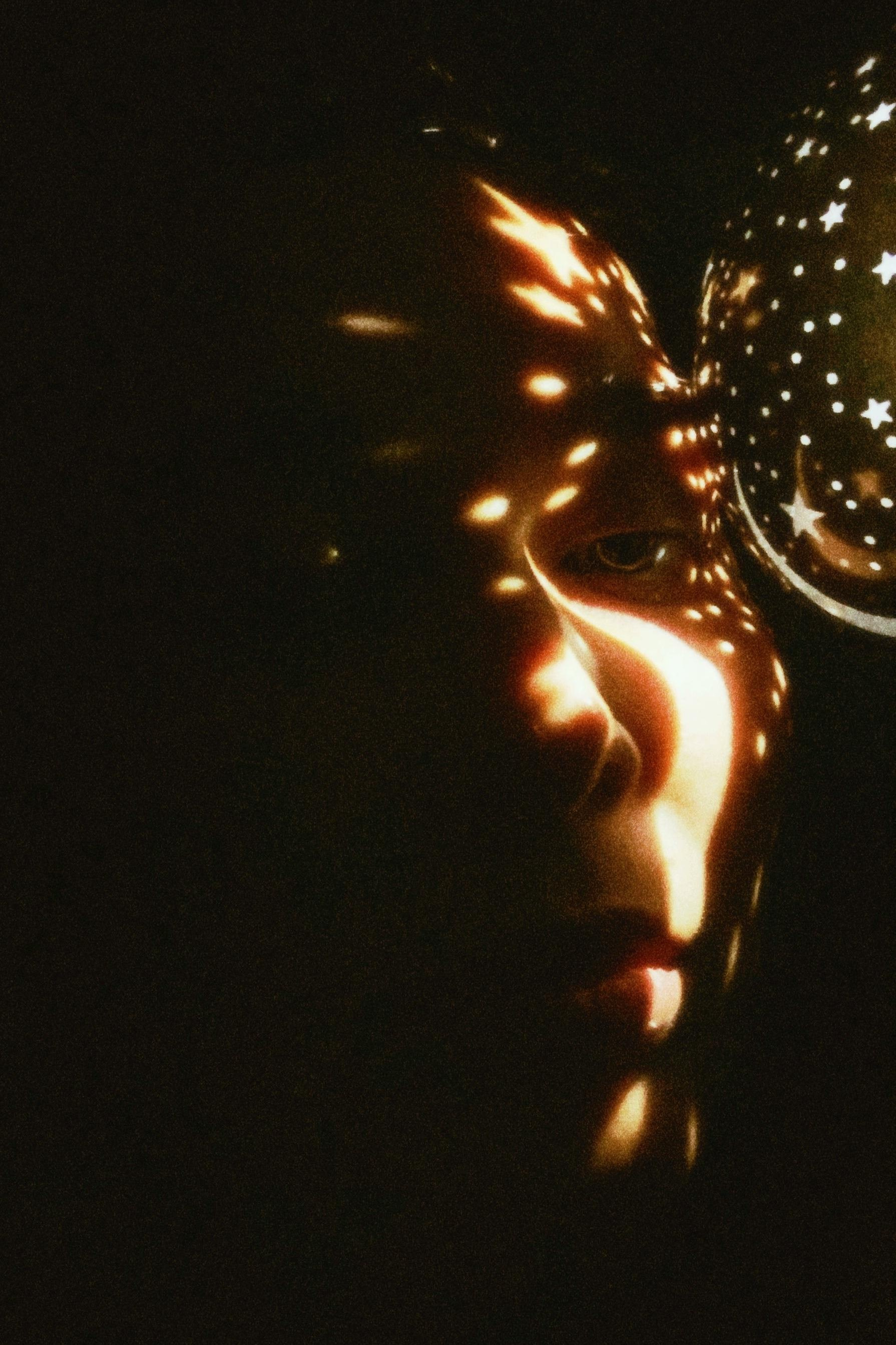
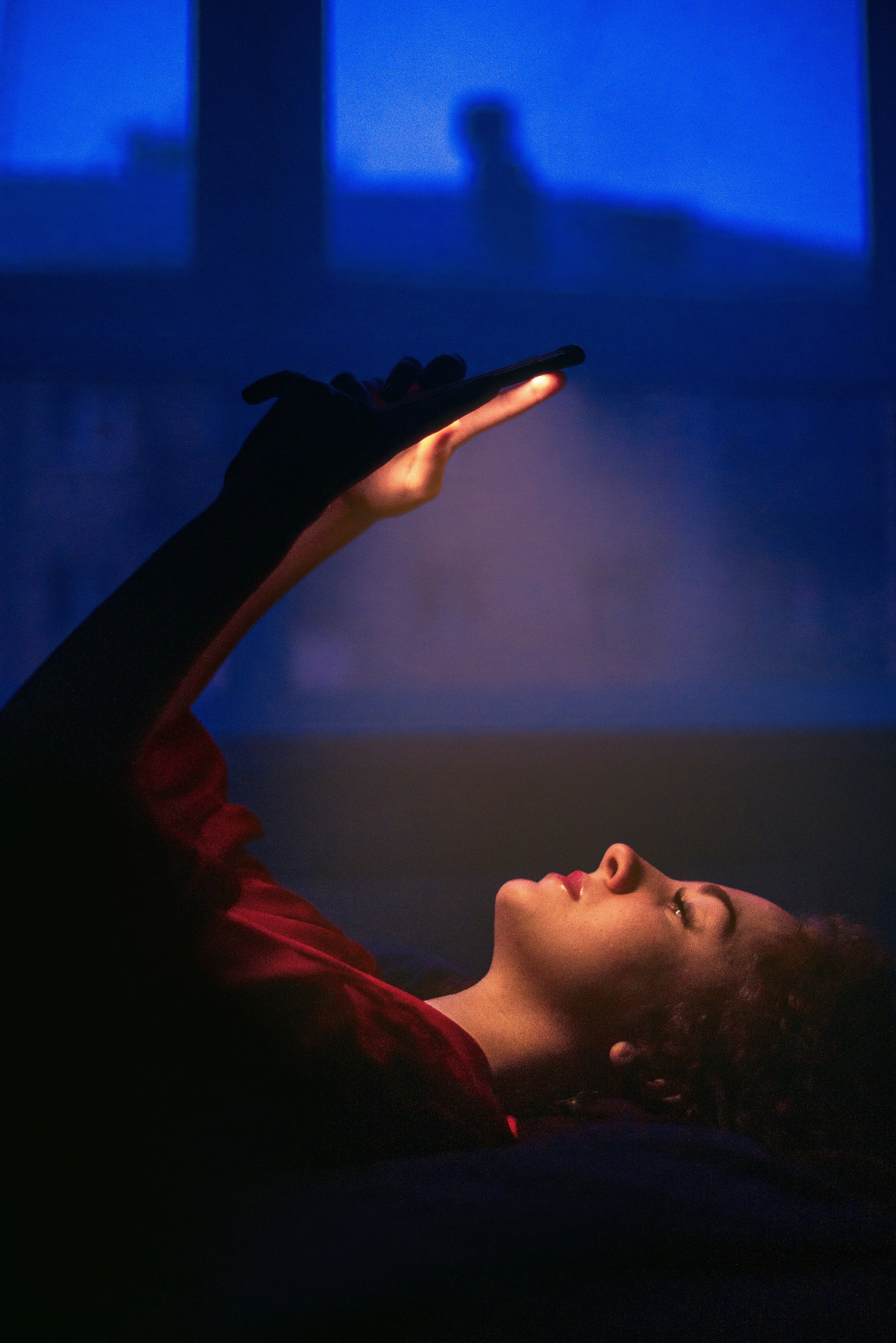

1. Overexposure: When Everything’s Too Bright
Have you ever taken a photo and thought, “Wow, my products are glowing—literally!” Overexposure happens when there’s too much light, washing out colors and details.
This is particularly common when shooting outdoors or under strong studio lights without proper adjustment.
To fix this, start by lowering the brightness on your camera or smartphone. If you’re working with natural light, shoot during the golden hour—right after sunrise or before sunset. It’s nature’s gift to photographers, with soft, flattering light that won’t overpower your subject.
For indoor shoots, diffuse your lights with a softbox or even a DIY solution like a thin white sheet. Your audience will appreciate visuals that look professional yet approachable.
2. Harsh Shadows: The Unwanted Drama
Shadows can add depth to your photos, but harsh ones often create an unflattering, overly dramatic effect. Imagine trying to showcase a flawless foundation, only to have shadows distort the smooth finish. Not the look you’re going for, right?
To avoid harsh shadows, position your light source at a slight angle rather than directly above or behind your subject. This creates softer, more natural shadows. Reflectors are also your best friend—use them to bounce light back onto your subject, evening out any dark spots.
Don’t have a reflector? No problem! A white foam board or even a large sheet of white paper can work wonders.
By softening shadows, your photos and videos will highlight your products’ true beauty. Plus, smoother visuals are more likely to engage viewers, boosting your social marketing strategy without the need for flashy effects.
3. Uneven Lighting: The Distracting Patchwork Effect
Uneven lighting is like trying to wear mismatched socks—it’s noticeable, distracting, and throws off the whole vibe.
Inconsistent light can make your subject look flat in one spot and overly bright in another, which isn’t ideal when you’re trying to showcase vibrant fashion pieces or intricate beauty details.
Fixing uneven lighting starts with understanding your environment. If you’re shooting indoors, avoid relying on a single overhead light. Instead, use multiple light sources to balance the scene.
Ring lights are great for close-ups, while LED panels work well for broader setups. Outdoors, scout for evenly shaded areas if you can’t control the light.
Also, keep an eye on your white balance settings. When colors look off, it’s often because the lighting temperature doesn’t match the camera settings. Most cameras and smartphones have an auto white balance feature—use it! Correct lighting ensures that your products look consistent across your social media platforms, which is key to an effective social marketing strategy.
4. Ignoring the Background Light
While focusing on your subject, it’s easy to forget about the background. But poor background lighting can create distractions that pull attention away from your products.
Whether it’s a glaring lamp or a dark corner, your background plays a bigger role than you think.
To fix this, light your background separately if needed. A subtle backlight or fairy lights can add depth and warmth, creating a more polished look. Avoid overly bright backgrounds that outshine your subject—it’s like giving the supporting actor the spotlight in a lead role!
When done right, well-lit backgrounds complement your subject and enhance your overall aesthetic.
5. Mixing Light Sources: A Recipe for Chaos
Mixing natural light with artificial light might seem harmless, but it can lead to strange color casts in your photos and videos.
One side of your model might look warm and golden, while the other appears cool and blue. Not exactly cohesive, is it?
The solution? Pick one type of light and stick with it. If you’re using natural light, turn off artificial lights to prevent clashing temperatures.
When artificial lighting is necessary, opt for bulbs with the same color temperature. Consistency is key to ensuring your visuals are appealing and professional, making them an asset to your social marketing strategy.
Final Thoughts
Lighting might seem tricky, but with a little practice, you can master it and take your photos and videos to the next level. Remember, the key to a successful social marketing strategy lies in presenting your products in the best light—literally.
So, tweak those settings, play with angles, and let your creativity shine. Your audience (and engagement rates) will thank you!
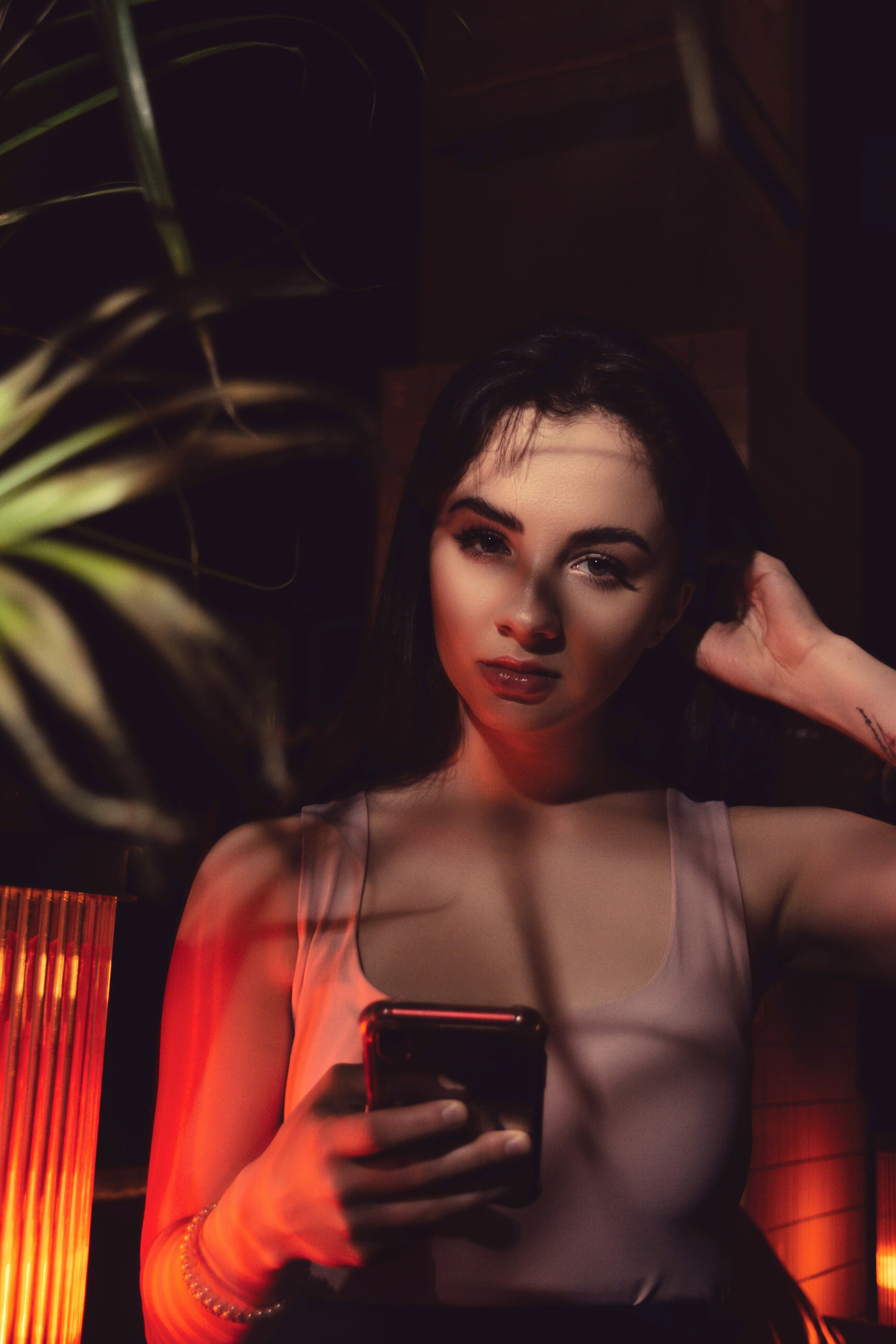
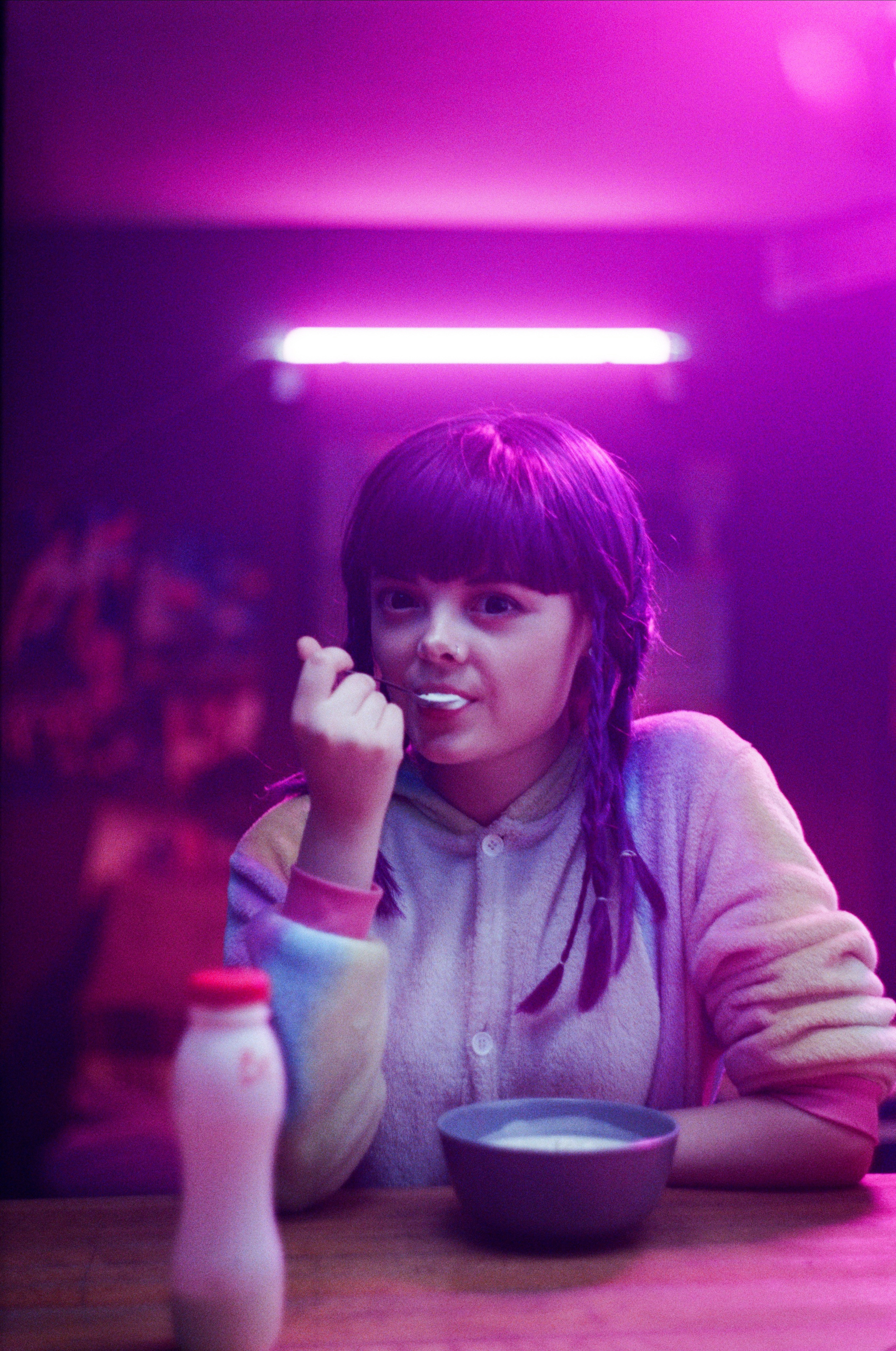
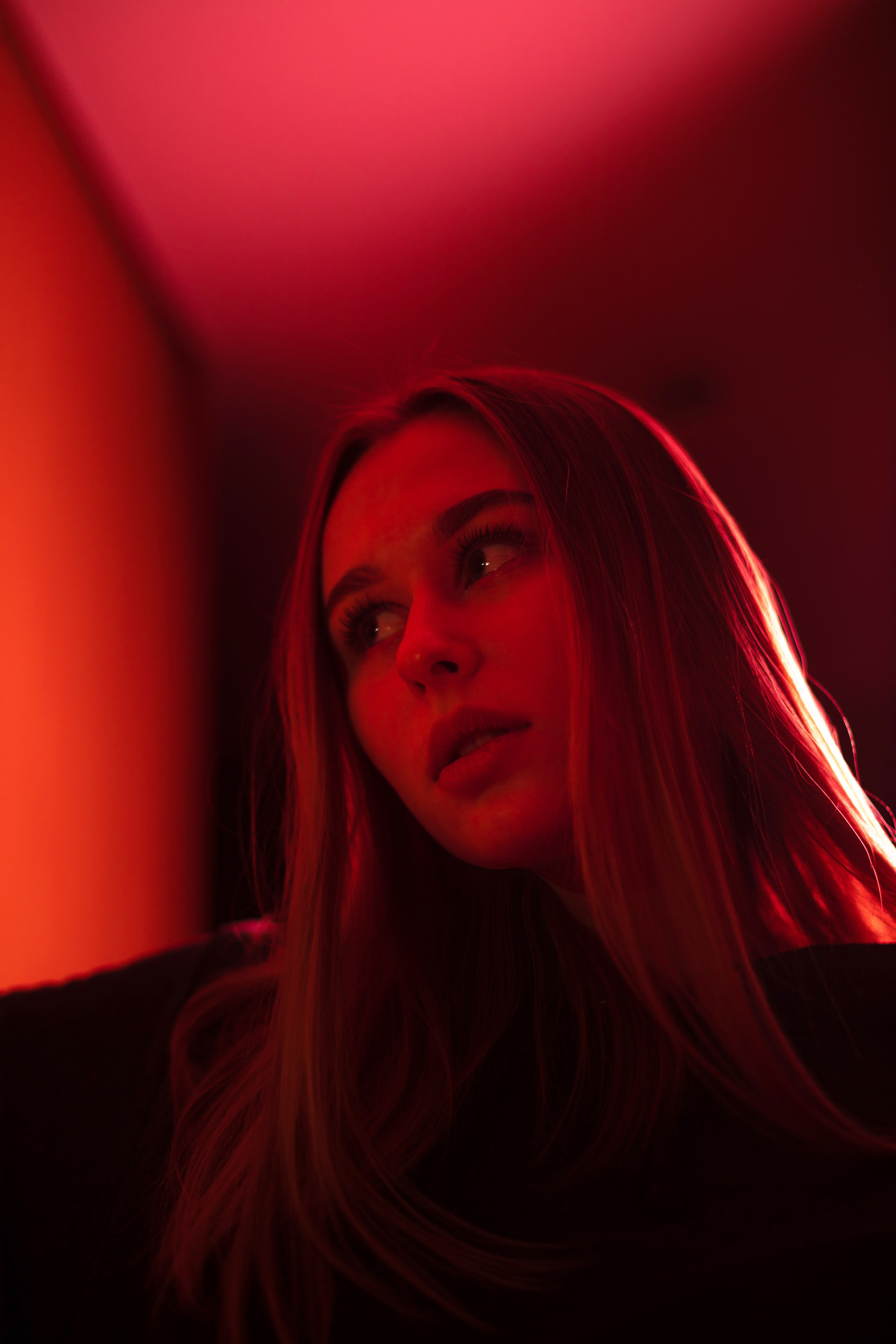
Overusing Filters: Keeping It Authentic — Balancing Enhancement and Reality
Filters can be your best friend or your biggest downfall when it comes to creating engaging visual content. While they can elevate your photos and videos, overdoing it can make your content look unnatural and, let’s be honest, a little overprocessed.
Finding the right balance between enhancement and authenticity is crucial to building trust with your audience and ensuring your visuals support your social marketing strategy.
1. Why Less Is More: Filters Aren’t a Magic Fix
Let’s be real—filters can make almost anything look good, from a messy room to a poorly lit selfie. But relying on them too much can lead to unrealistic visuals that feel detached from reality. Your audience isn’t just looking for perfection; they want something relatable.
A heavily filtered image of your latest fashion collection or beauty product might catch attention initially, but it could also raise doubts about what’s real.
To keep your content grounded, start with small adjustments. Use filters to enhance colors or brighten your photos, but avoid extreme changes that alter the original vibe.
For instance, boosting the contrast or slightly sharpening an image can make a big difference without overwhelming the natural beauty of your subject. Think of filters as seasoning for your content—just a pinch goes a long way.
2. When Filters Backfire: The Authenticity Trap
Have you ever seen a product online that looked amazing, only to find it looked completely different in real life? That’s the risk of overusing filters. When your visuals don’t match reality, it can erode trust and harm your brand’s reputation.
This is especially important in the fashion and beauty world, where your audience wants to see how clothes fit or how a lipstick shade looks in natural lighting.
A key part of any successful social marketing strategy is authenticity. People crave honest, real content, so let your products shine as they are.
If you’re showcasing a bold eyeshadow palette, show its true colors. Use filters to smooth the image slightly, but avoid masking the actual texture or tone. Your audience will appreciate the transparency, and it makes your brand feel more approachable.
3. How to Find the Perfect Balance
The good news is you don’t have to swear off filters altogether. Instead, focus on finding a balance that enhances your visuals while staying true to their essence. Start by using light, natural-looking filters that complement the mood of your content.
Apps like Lightroom or VSCO offer subtle presets that bring out the best in your photos without making them look overly edited.
Another tip is to layer filters lightly. Adjust settings like brightness, warmth, and saturation manually instead of applying heavy presets.
This way, you have more control over how your final image looks. For video content, opt for editing tools that let you adjust individual elements, such as shadows or highlights, instead of slapping on a generic filter.
Consistency is also key. Use similar filters or editing styles across your content to create a cohesive look that aligns with your brand.
A consistent aesthetic strengthens your social marketing strategy by making your brand instantly recognizable on any platform.
4. Filters in Moderation: Let Reality Shine Through
While filters are great for adding a polished touch, remember that some of the best-performing content on social media is raw and unfiltered.
Behind-the-scenes footage, unedited photos, and candid moments often resonate more with audiences because they feel genuine. Don’t be afraid to post “imperfect” content—it could end up being your most engaging piece yet.
For example, if you’re a fashion brand, consider showing a model wearing your designs in natural light without filters. If you’re in the beauty industry, share a quick tutorial using minimal editing to showcase how your product looks in real-world conditions.
This kind of transparency not only builds trust but also supports a more authentic social marketing strategy.
5. When in Doubt, Test It Out
If you’re unsure about how much filtering is too much, experiment! Create two versions of the same post—one with filters and one without—and see which performs better.
Pay attention to engagement metrics like likes, comments, and shares. This data can help you refine your approach and understand what your audience prefers.
Remember, every brand is different. What works for a minimalist skincare line might not work for a bold, high-fashion label. The key is to align your visual style with your brand’s identity and audience expectations.
By keeping filters in check and prioritizing authenticity, you’ll create visuals that not only look amazing but also support a strong social marketing strategy.
Final Thoughts
Filters are fun, but they’re not the star of your show—your products and brand message are. By using filters as an enhancement tool rather than a crutch, you can create content that feels both polished and authentic.
Your audience will appreciate the honesty, and it will strengthen their trust in your brand. So, next time you’re tempted to slide that saturation bar all the way up, take a step back and let the real beauty of your content shine through.
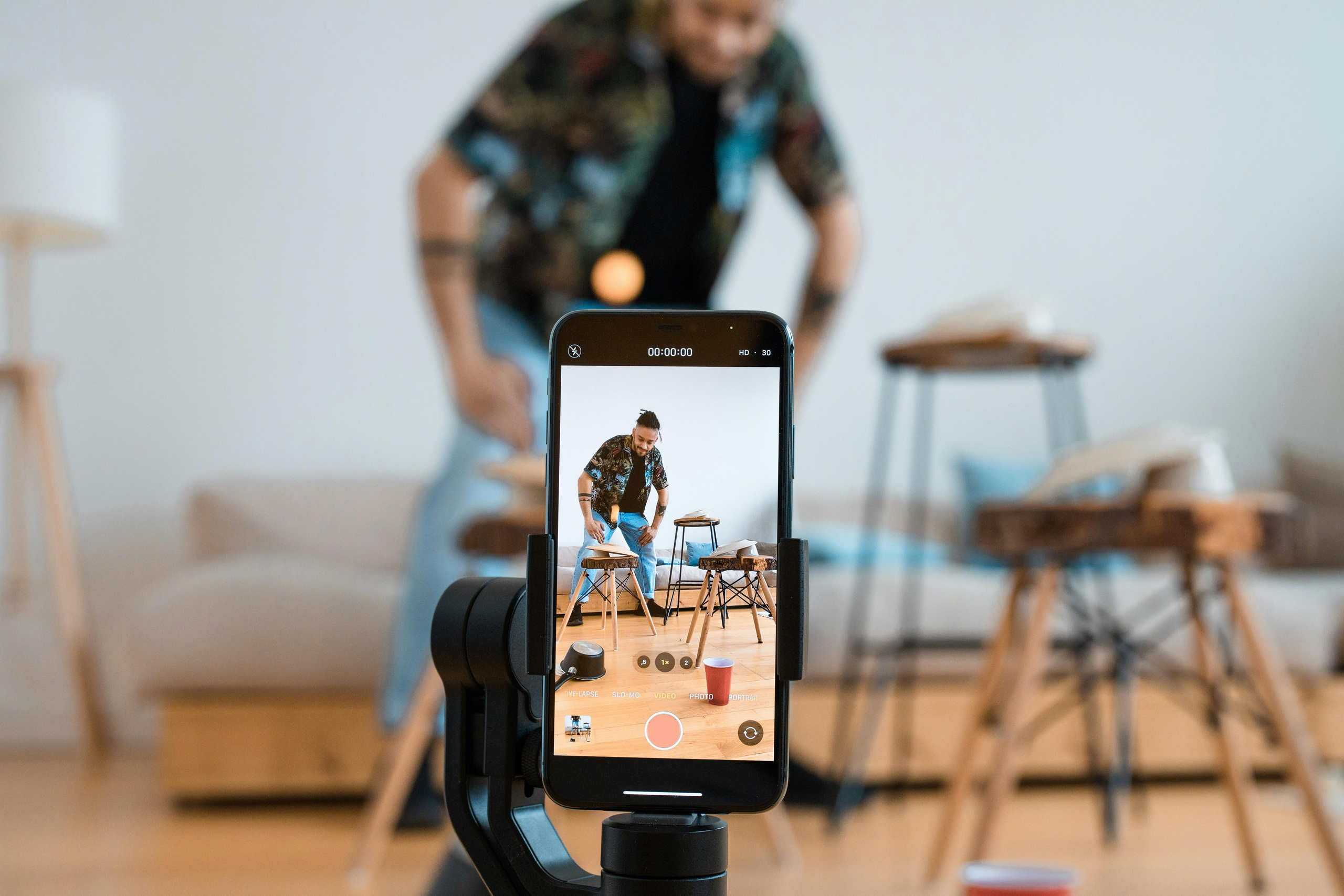
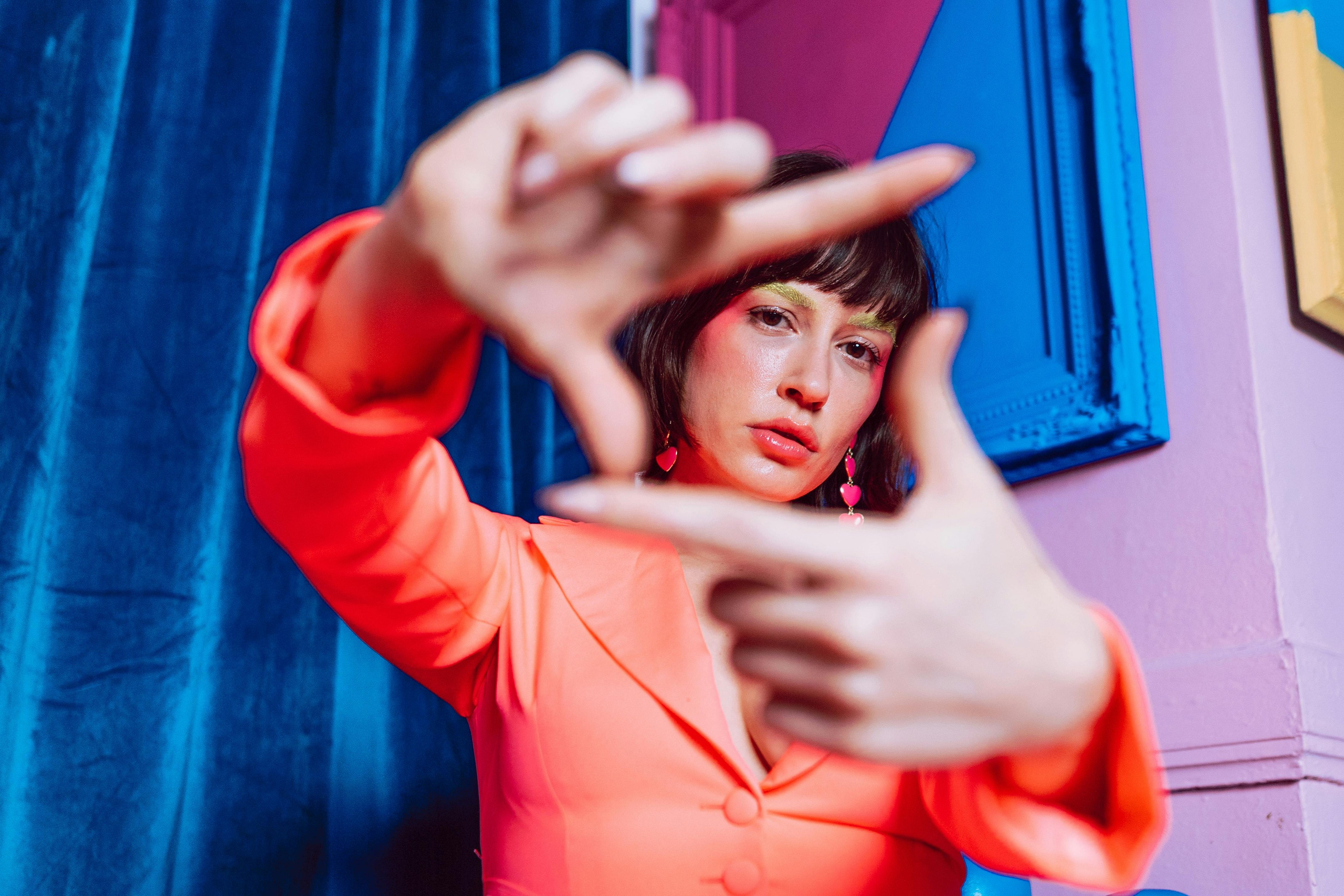
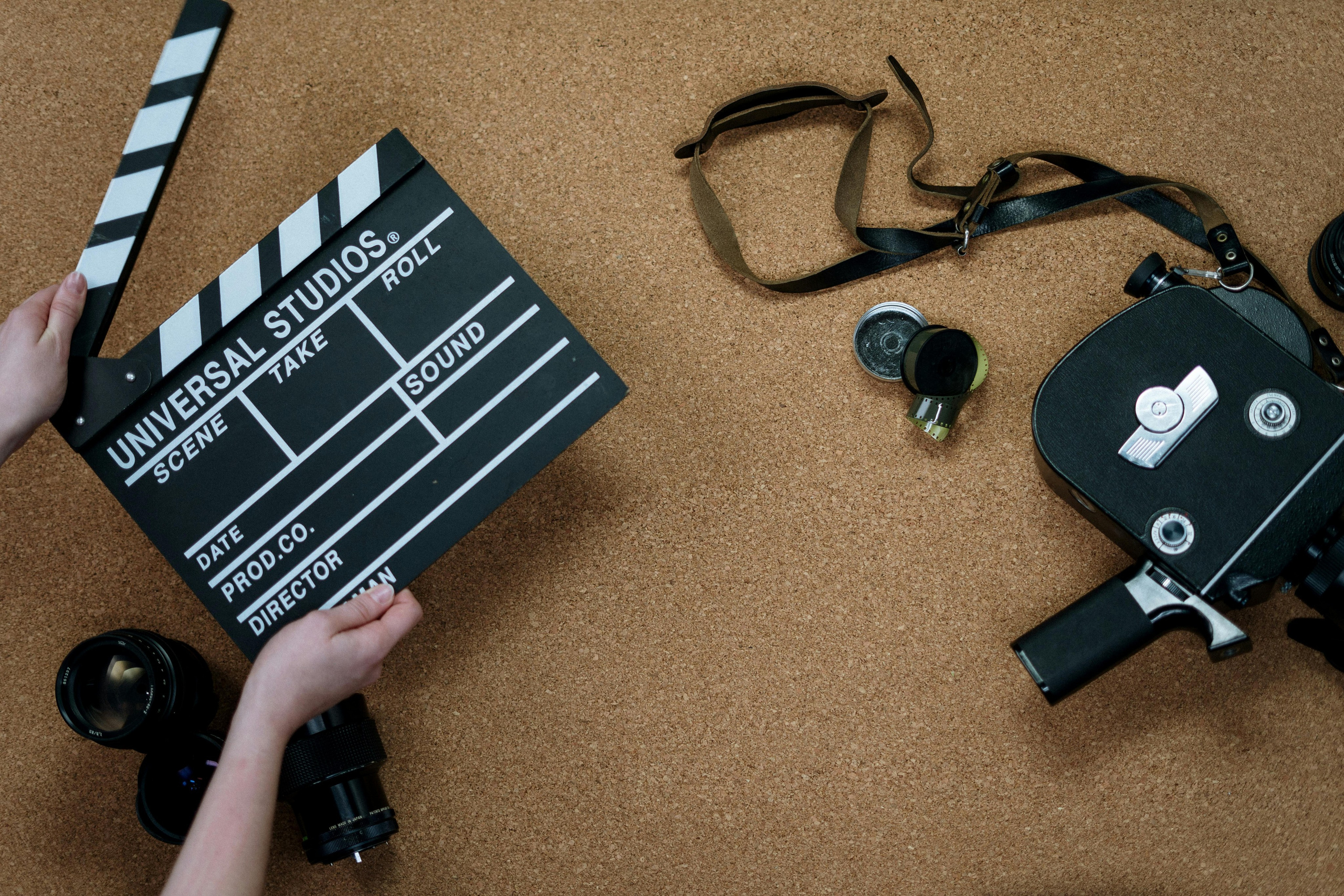
Mistakes in Video Framing and Composition: Tricks to Avoid Amateur-Looking Footage
Video content is an absolute must for any social marketing strategy, but poorly framed or awkwardly composed footage can ruin your efforts. You want your audience to focus on your message—not get distracted by weird angles, chopped-off heads, or cluttered backgrounds.
Don’t worry! With a few simple tricks, you can say goodbye to amateur vibes and hello to professional-looking videos.
1. Avoid Chopped-Off Heads: The Rule of Thirds Is Your Friend
One of the most common mistakes in video framing is cutting off important parts of your subject—like their head! It happens more often than you’d think, especially when you’re filming in a rush.
The solution? Use the rule of thirds to guide your framing.
The rule of thirds is a simple composition technique where you divide your frame into a 3×3 grid. Place your subject along one of the grid lines or at the intersections to create a balanced and visually appealing shot.
For example, if you’re filming a fashion video, position the model’s face near the top third of the frame. This creates enough headroom without awkwardly chopping off any features.
Bonus tip: Most cameras and smartphones have a grid overlay you can turn on. Use it! It’s a game-changer for framing consistently great shots.
2. Keep It Steady: Nobody Loves a Shaky Camera
Shaky footage is one of the quickest ways to make your videos look amateur.
If your audience feels like they’re on a rollercoaster instead of watching a beauty tutorial or a fashion showcase, you’ve lost them. The fix? Stabilization is key.
Use a tripod or a gimbal to keep your camera steady while filming. If you’re shooting handheld, hold your camera with both hands and keep your elbows close to your body for extra stability.
For smartphone users, many devices have built-in stabilization features—make sure to activate them.
And hey, don’t forget to level your horizon! A tilted frame might work for edgy, artistic shots, but it’s usually just distracting. Check your angles before you hit record to keep things looking polished and professional.
3. Watch the Background: Keep It Clean and Uncluttered
Ever filmed a perfect shot only to realize later that your messy desk or a random passerby stole the show? A cluttered or distracting background can take attention away from your subject and make your video look unplanned.
Before you start filming, take a moment to scan the background. Remove any unnecessary items, like clutter or objects that don’t align with your brand’s aesthetic. If you’re filming a beauty video, a clean vanity or neutral wall works wonders.
For fashion content, a simple backdrop or a setting that complements the outfit will keep the focus where it belongs—on your subject.
If you’re in a location you can’t fully control, like an outdoor shoot, use framing to your advantage. Position your subject so they’re the focal point, and let any distractions fade into the background. A shallow depth of field (blurry background) can also help highlight your subject.
4. Don’t Forget About Eye Level: Connect with Your Audience
Filming at the wrong angle can make your video feel distant or awkward. Too high, and your subject looks small or diminished. Too low, and you risk creating an intimidating or unnatural perspective. The key? Keep your camera at eye level.
Filming at eye level helps create a natural connection between your subject and your audience. It’s especially important for videos where you’re addressing the viewer directly, like tutorials or product demonstrations.
When your audience feels like you’re speaking directly to them, they’re more likely to engage with your content—which is gold for any social marketing strategy.
5. Framing Multiple Subjects: Avoid Crowding the Shot
If you’re filming more than one subject—like a group of models or a collaborative beauty tutorial—make sure everyone has their space. Crowding people into the frame can make your video feel chaotic and unbalanced.
Use wide shots to fit multiple subjects comfortably within the frame. Leave some space around each person so the composition feels open and breathable. If you’re shooting a conversation or interview, follow the 180-degree rule: keep the camera on one side of the interaction to maintain spatial consistency.
It’s a subtle trick, but it keeps your video from feeling disjointed.
6. Lighting and Composition: A Winning Duo
Your composition is only as good as your lighting. Even with perfectly framed shots, bad lighting can ruin the overall effect.
Make sure your subject is well-lit, and use shadows intentionally to add depth. Proper lighting enhances the balance and symmetry of your composition, making your videos stand out.
Final Thoughts
Great video framing and composition aren’t just about looking good—they’re about telling a story that resonates with your audience.
By avoiding common mistakes like shaky cameras, cluttered backgrounds, and poor framing, you’ll elevate your content and create visuals that align perfectly with your social marketing strategy.
Remember, small tweaks can make a big difference, so keep practicing and experimenting until you find your perfect style. Now grab your camera and start creating those scroll-stopping videos!



Ignoring SEO in Your Visual Content Strategy: How to Optimize for Search Visibility
Creating stunning visual content is fantastic, but if no one can find it, all that effort goes unnoticed. Ignoring SEO in your visual content strategy is a common mistake that can seriously hurt your reach.
The good news? It’s easier than you think to make your visuals SEO-friendly while keeping them beautiful and engaging. Let’s break it down and get your content the attention it deserves.
1. File Names Matter: Don’t Upload “IMG1234.jpg”
Let’s start with the basics. Have you ever uploaded an image straight from your camera or phone with a file name like “IMG1234.jpg”? If so, you’re missing a prime opportunity to help search engines understand what your content is about.
Before uploading, rename your files with descriptive, keyword-rich titles.
For example, if you’re posting a photo of a summer outfit, call it something like “summer-maxi-dress-fashion-trend.jpg.” It tells search engines (and viewers) exactly what the image represents. Think of it as labeling your content for success.
This small step can make a big difference in your overall social marketing strategy by boosting visibility and attracting the right audience.
2. Alt Text: The Unsung Hero of Visual SEO
Alt text (alternative text) is your secret weapon for optimizing visual content. It’s what search engines read when they can’t “see” your images, and it’s also crucial for accessibility. But here’s the catch—it has to be descriptive and relevant, not just stuffed with keywords.
For instance, instead of writing “fashion trend keyword, ” try something like, “A model wearing a pastel pink summer maxi dress with floral patterns, styled with sandals and a woven bag.”
This description not only tells search engines what the image is about but also paints a vivid picture for users who rely on screen readers.
Remember, alt text isn’t just an SEO boost—it’s a way to make your brand more inclusive, which is a win for everyone.
Learn more about optimizing your alt text and visual content for search engines here.
3. Image and Video Optimization: Speed Is Everything
Did you know that slow-loading visuals can tank your website’s performance? Search engines and users alike love fast websites, so optimizing your images and videos for speed is critical.
Oversized files can bog down your page, leading to higher bounce rates and lower rankings.
To fix this, compress your images without sacrificing quality. Tools like TinyPNG or Squoosh can shrink file sizes while keeping your visuals crisp.
For videos, host them on platforms like YouTube or Vimeo and embed them on your site instead of uploading them directly. This not only speeds up your site but can also expand your reach through video-specific SEO.
Quick-loading visuals are not just great for user experience—they’re essential for a strong social marketing strategy. Faster pages mean happier visitors and better search rankings.
4. Make Your Visuals Mobile-Friendly
In today’s world, most people are browsing on their phones. If your visuals aren’t optimized for mobile, you’re missing out on a massive chunk of potential traffic.
Start by ensuring your images and videos scale properly across different screen sizes. Use responsive design techniques so your content looks great on a smartphone, tablet, or desktop.
Bonus tip: avoid text-heavy images on mobile—what looks fine on a computer screen can become unreadable on a phone.
Mobile-friendly visuals are not just a best practice; they’re a must-have for any social marketing strategy that aims to maximize audience engagement.
5. Leverage Metadata for Maximum Impact
Metadata might sound boring, but it’s the backstage pass your visuals need to shine in search results. Titles, captions, and descriptions all contribute to your SEO, so make them count.
Write engaging captions that include relevant keywords naturally. If you’re posting a photo of a new beauty product, describe its features in a way that feels conversational but informative.
For example: “Glow like never before with our hydrating serum—perfect for dry skin and packed with natural ingredients.”
Don’t forget to include meta descriptions for pages with visual content. A clear, enticing description encourages clicks and tells search engines what your page is about.
6. Use Visual Content Strategically Across Platforms
Your visual content shouldn’t live in isolation—it should work seamlessly across all your platforms. Sharing optimized images and videos on social media not only increases your reach but can also drive traffic back to your site.
When sharing on platforms like Instagram or Pinterest, include hashtags and captions that align with your SEO goals. Linking your visuals back to your website creates a stronger connection between your social marketing strategy and your overall SEO efforts.
Final Thoughts
Optimizing visuals for SEO might seem like a small detail, but it has a big impact on your social marketing strategy.
By renaming files, adding alt text, compressing images, and ensuring mobile-friendliness, you’ll not only improve your search visibility but also create a better experience for your audience. After all, great content deserves to be seen—so let’s make sure it gets the spotlight it deserves!
Blog
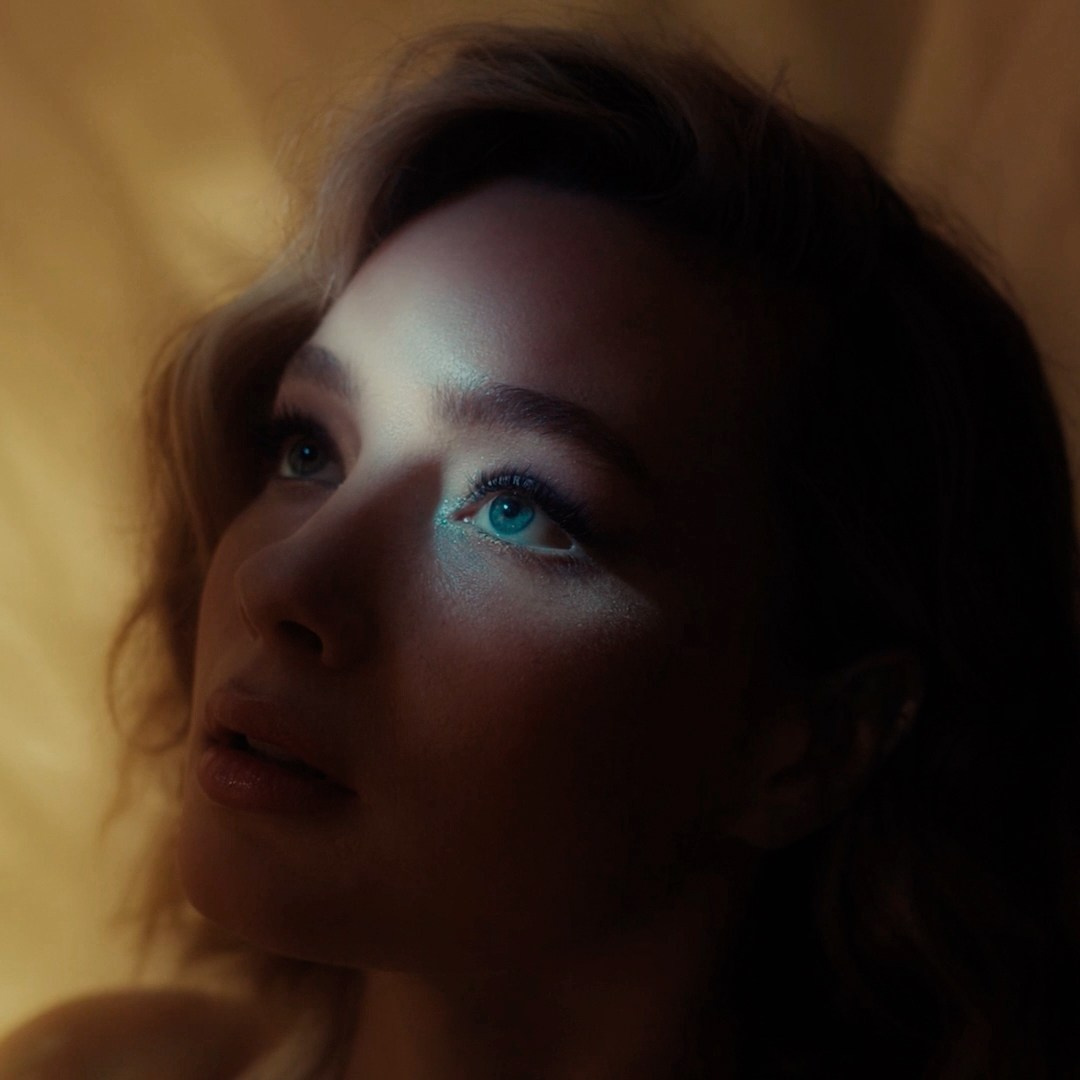
Fashion Video Trends You Can’t Ignore in 2025

video marketing services

Behind the Lens: LA’s Top Video Shoot Locations
